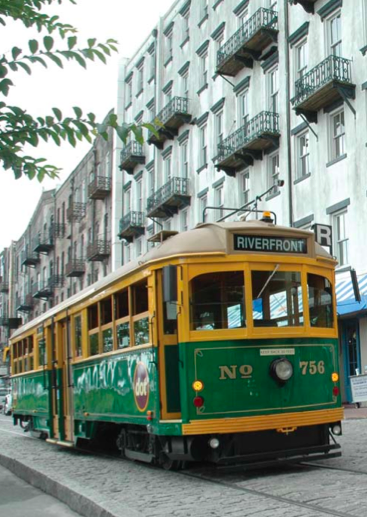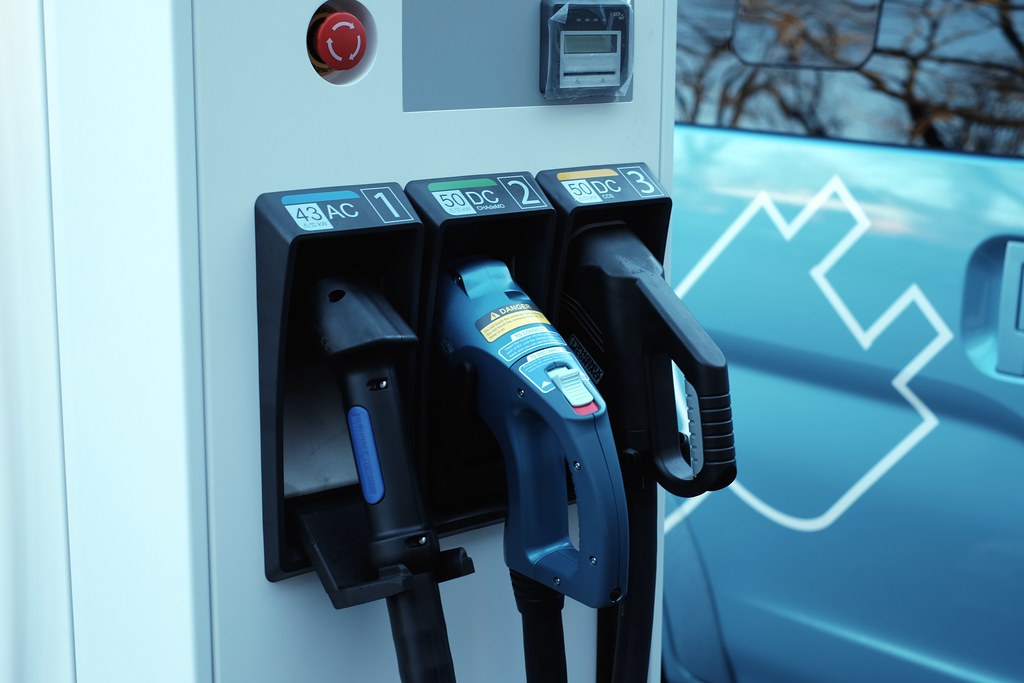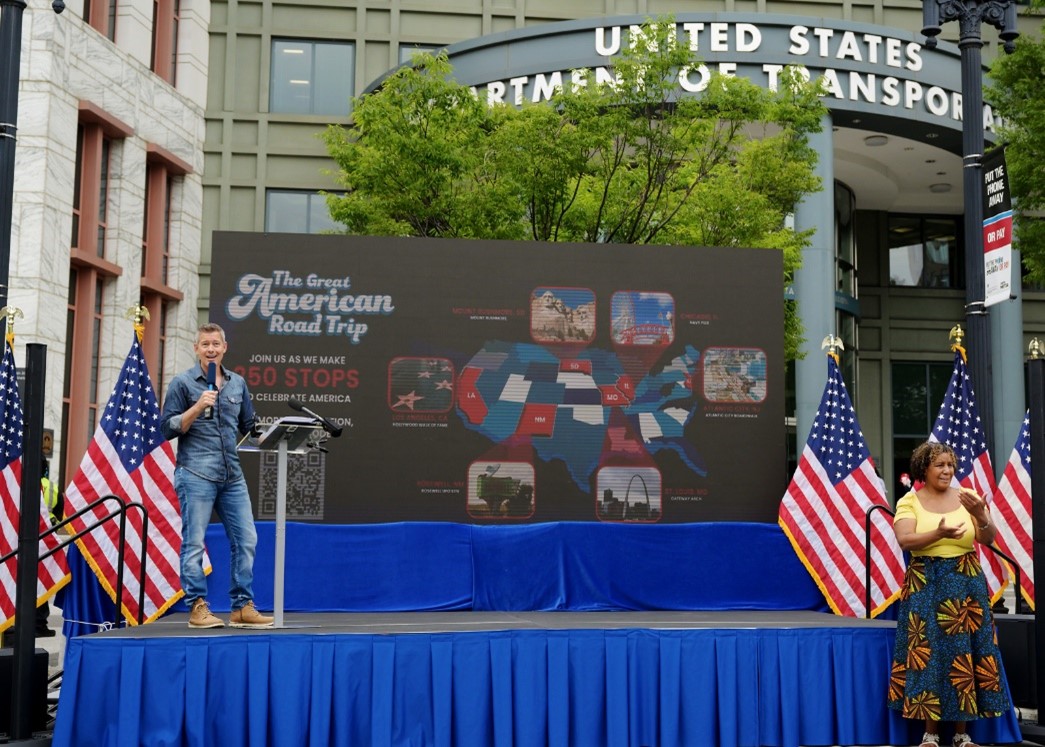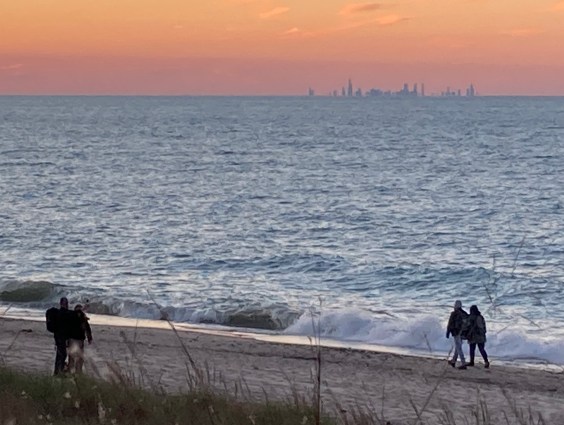
Grand Rapids, Michigan. Fort Collins, Colorado. Savannah, Georgia.
Mid-sized cities like these are stepping up and demanding many of the same transit improvements as their larger cousins. A new report from Reconnecting America [PDF] offers recommendations for these less populated cities to consider, whether they're pursuing some version of bus rapid transit or a streetcar.
The mid-sized cities the report focuses on have populations between 50,000 and 250,000. What they have in common, in addition to their modest sizes, is a less dense residential pattern, lower levels of congestion, and greater job dispersion. But in many ways, they face the same issues as bigger cities, report authors Sarah Kline and Sasha Forbes write.
They identify three keys to success for mid-sized cities taking on “second-generation” transit projects:
- key champions and partnerships among relevant stakeholders
- a solid funding package
- an understanding of the role transit plays in the context of local land use
Bus service will be "the backbone" of the transit system in these smaller metros. But if those three fundamentals are in place, adding bus rapid transit or a streetcar system can help boost mobility and promote urban development -- just the way they have in larger cities. Kline and Forbes report that streetcar systems in Tampa, Florida and Little Rock, Arkansas have generated $150 million and $800 million in development investment, respectively.
The project includes dedicated lanes for 65 percent of its 9.6 mile route, and will connect major destinations in downtown Grand Rapids such as Michigan State University, Grand Rapids Community College, and DeVos Place Convention Center and Performance Hall.
In the central business district, 30,000 jobs will be within a quarter-mile of the BRT.
Recognizing that transit works best when the surrounding land uses provide the system with a critical mass of riders and destinations, the city has created a TOD zone in its zoning code for the areas around BRT stops, with higher height limits and the ability to waive parking requirements entirely.
Credit is also due to Savannah, which built its tourist-oriented "Dottie" streetcar line for a thrifty $1.5 million. Reconnecting America also has praise for Flagstaff, Arizona's NAIPTA, where transit supporters bounced back from a ballot box defeat to better align their proposal with public wishes and win support for a service expansion.





